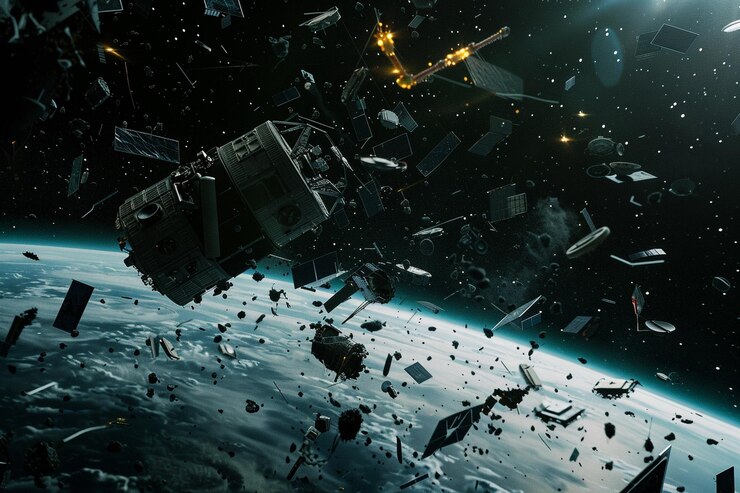Tackling Space Debris: Monitoring, Management, and Mitigation Strategies
The launch of the first artificial satellite, Sputnik, on October 4, 1957, marked the beginning of humanity’s journey into outer space. However, this milestone also triggered the accumulation of unused, man-made objects in Earth’s orbit, collectively known as space debris. These objects range from inactive satellites and spent rocket stages to tiny fragments from disintegrated spacecraft. Over time, the number of these non-functional remnants has grown significantly, leading to increased risks for operational missions and creating the need for precise orbital monitoring.
To address this, organizations like the Combined Space Operations Center (CSpOC) and the 18th Space Control Squadron of the U.S. Space Force continuously monitor thousands of objects using the Space Surveillance Network (SSN). Their global network of sensors tracks space debris larger than a softball in Low Earth Orbit (LEO), providing vital data for collision avoidance. Meanwhile, The Aerospace Corporation has been pivotal in supporting these efforts through research and analysis, contributing tools and methodologies that enhance space situational awareness and ensure mission safety.
With a growing number of satellite constellations and increasing launch frequencies, maintaining a clean and secure orbital environment has become essential. Technologies like the Reentry Breakup Recorder (REBR), developed by the Center for Orbital and Reentry Debris Studies (CORDS), help analyze how spacecraft disintegrate upon reentry. These insights enable better risk prediction and mitigation planning. Moving forward, the focus must shift toward designing satellites with deorbiting capabilities, fostering international collaboration, and developing solutions to actively remove hazardous debris from orbit.
.png)






Leave a Comment
Your email address will not be published. Required fields are marked *